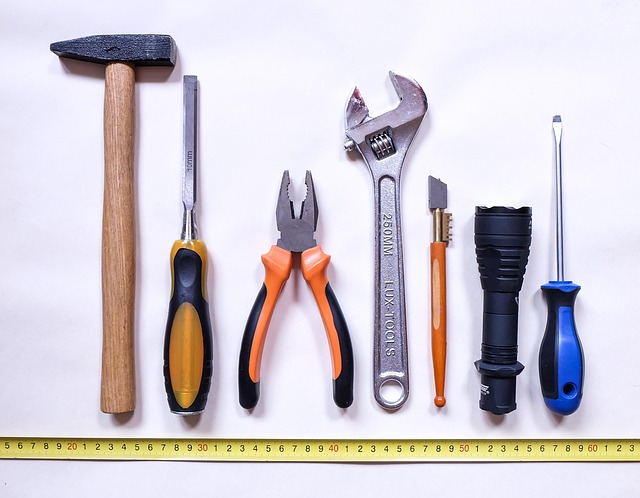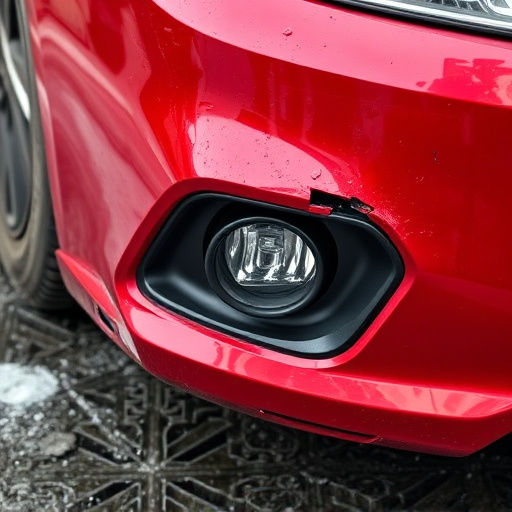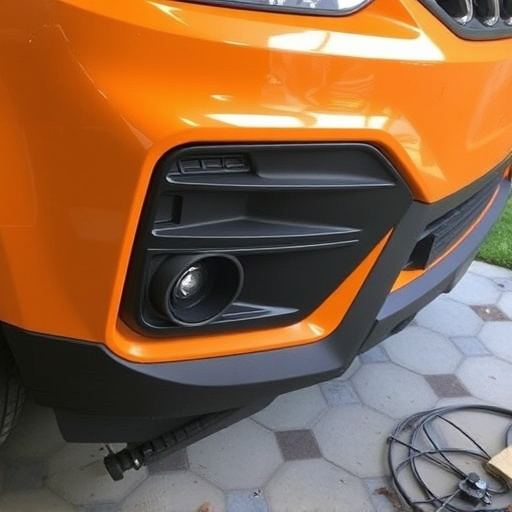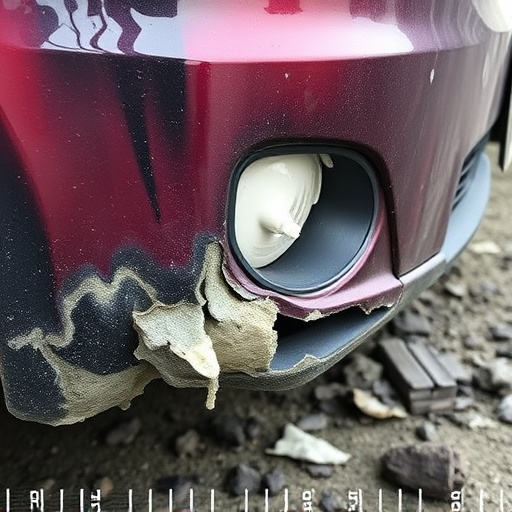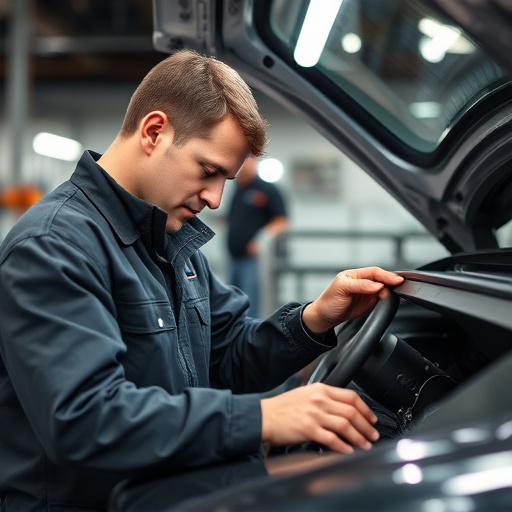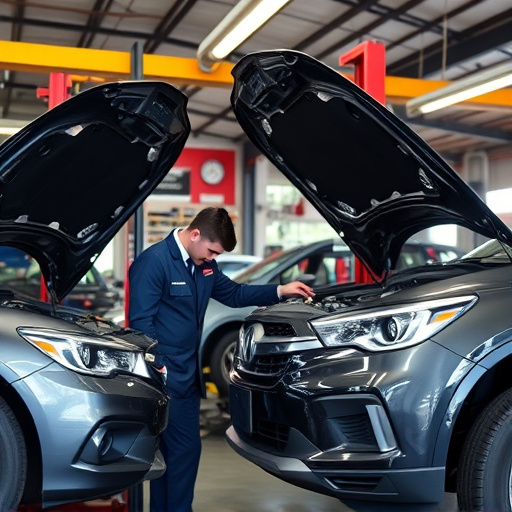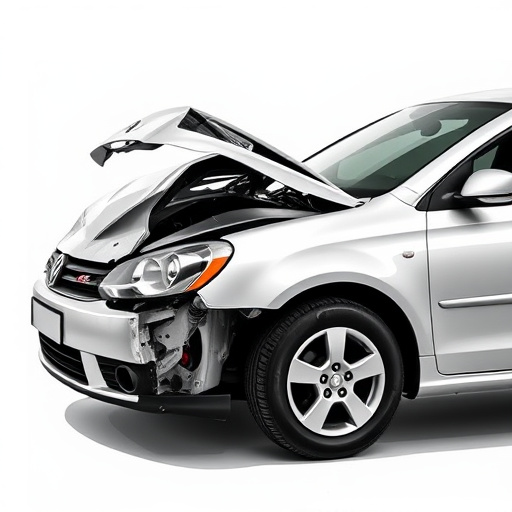Mercedes panel sectioning is a strategic design that enhances visual appeal and structural integrity. It divides exterior panels into sections with specialized purposes, crucial for accurate car dent repair as it allows technicians to navigate around sensitive components like sensors and calibration systems. Proper alignment of these sections is vital for safety and performance, especially in modern automobiles with advanced driver-assistance systems (ADAS). Understanding Mercedes panel sectioning is essential for top-notch repairs while maintaining vehicle aesthetics.
Mercedes vehicles are renowned for their sophisticated technology, and a crucial aspect is the precise alignment of sensor and calibration systems within the car’s panel structure. This article explores the impact of Mercedes panel sectioning, delving into how the division of panels affects sensor placement and subsequent calibration requirements. By understanding these relationships, technicians can ensure optimal system performance, highlighting the intricate interplay between design and functionality in modern automobiles.
- Understanding Mercedes Panel Structure
- Impact of Sectioning on Sensor Placement
- Calibration Adjustments for Different Panels
Understanding Mercedes Panel Structure
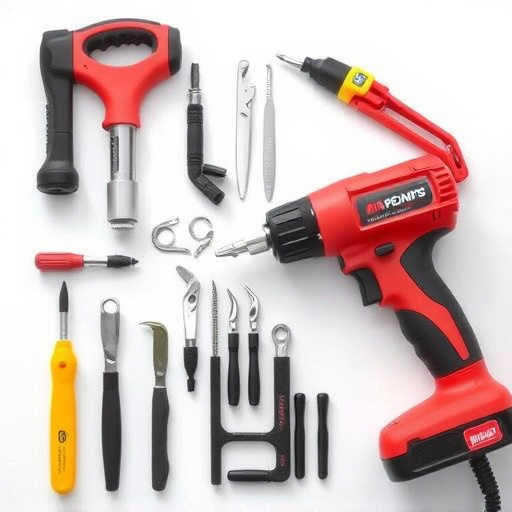
The structure of a Mercedes panel is a meticulously designed system that contributes to both the vehicle’s aesthetic appeal and structural integrity. The car’s exterior panels are divided into distinct sections, known as Mercedes panel sectioning, each serving a specific purpose. This innovative design allows for easier replacement and repair in the event of damages, such as those sustained during mercedes benz collision repair or hail damage repair processes.
Understanding Mercedes panel sectioning is crucial when it comes to proper car dent repair. The sections are designed to accommodate various sensors and calibration systems, ensuring optimal performance and precision. Any misalignment due to improper panel replacement or repair can negatively impact these sensitive components, leading to potential safety and performance issues. Therefore, a deep understanding of the Mercedes panel structure is essential for professionals in the automotive industry, especially when dealing with intricate hail damage repair or collision repair procedures.
Impact of Sectioning on Sensor Placement
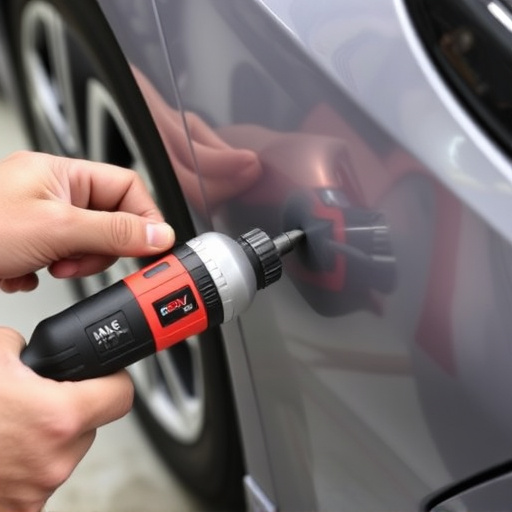
Mercedes panel sectioning plays a critical role in determining the strategic placement of sensors and the overall calibration system alignment. When a vehicle’s body is divided into distinct sections, it requires careful consideration for sensor positioning to ensure accurate data collection and seamless communication within the vehicle’s systems. Each section, with its unique structural characteristics, can impact sensor performance, requiring precise adjustments during the installation process.
This meticulous approach becomes especially crucial in modern automobiles, where sensors are integral to various safety and convenience features. Proper alignment ensures optimal sensor functionality, enhancing the overall performance of systems like collision avoidance, adaptive cruise control, and advanced driver-assistance systems (ADAS). Therefore, understanding Mercedes panel sectioning is vital for auto collision centers and fleet repair services aiming to deliver top-notch repairs, incorporating paintless dent repair techniques to maintain vehicle aesthetics while ensuring precise sensor placement.
Calibration Adjustments for Different Panels

When it comes to Mercedes panel sectioning, the process of calibration adjustments varies based on the specific panels involved. Different sections of a vehicle’s bodywork, such as the hood, doors, or trunk lid, often require distinct sensor alignments and calibrations due to their unique shapes and sizes. This is especially true for luxury vehicles like Mercedes, where precision and fit are paramount.
In an autobody shop setting, skilled technicians understand that each panel sectioning job demands tailored attention. They meticulously adjust sensors and recalibrate systems to ensure seamless integration with the vehicle’s existing structure. Proper alignment is crucial for safety features, such as collision avoidance systems and parking aids, which heavily rely on accurate sensor readings. Therefore, experienced mechanics must consider Mercedes panel sectioning techniques to achieve optimal results in autobody repairs.
Mercedes panel sectioning significantly influences the alignment of sensor placement and calibration systems. Understanding the intricate structure of Mercedes panels, recognizing the impact of sectioning on sensor positioning, and making necessary calibration adjustments for varying panel types are crucial steps in ensuring optimal system performance. By adhering to these practices, technicians can maintain the precision and efficiency of Mercedes vehicles’ sensor and calibration systems, ultimately enhancing overall vehicle functionality.
